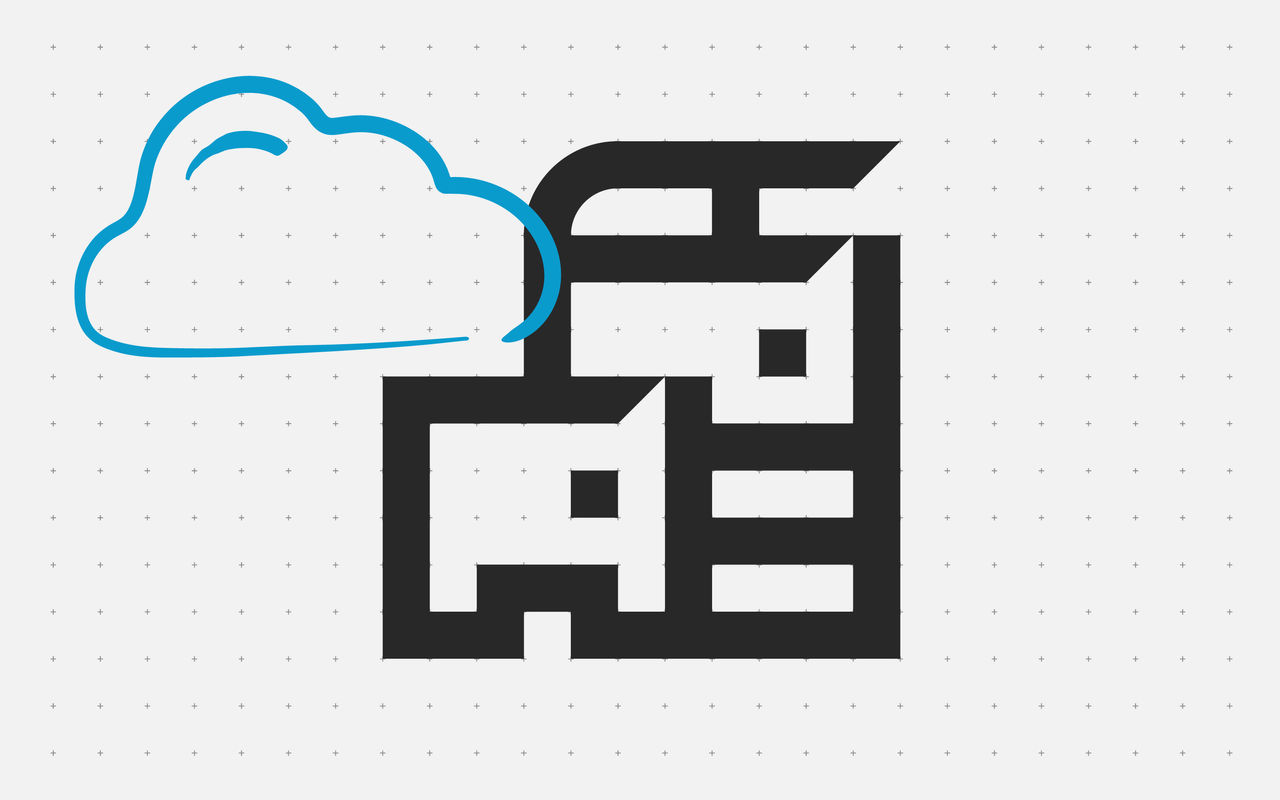The hybrid-work model is now firmly embedded in the business world, with many European organisations combining office-, home- and on-the-go working. Eurofound reports that employees in Europe typically spend 40-60% of working time remotely under hybrid models.
In this environment, the assumption that all print and scan workflows remain anchored to the physical office is outdated. To support productivity, security and cost-control, organisations must adopt a cloud-print and scan strategy that fits hybrid working, not just as an afterthought, but as a core workflow.
This article guides document and IT managers through the key pillars of a cloud print and scan workflow, the specific challenges of hybrid workplaces, and how Kyocera MFPs combined with the cloud software Kyocera Cloud Print and Scan (KCPS) can make hybrid printing and scanning both seamless and secure.
What hybrid work means for print and scan workflows
When staff are distributed across locations, whether that’s home, office or co-working spaces, the print and scan environment must adapt. Typical issues include:
- Users printing from home or a remote location, then needing their document at a specific office device.
- Need to scan or capture documents remotely and send them into corporate workflows securely.
- Maintaining device driver, server and software management becomes more complex when users are distributed.
- Ensuring both cost-control (e.g., limiting print waste from remote users) and security (data travelling outside the office) remain in focus.
Cloud workflows provide secure access, consistent policies and simple management across hybrid teams.”
Key pillars of a cloud print and scan workflow
1. Device accessibility & mobility
Users should be able to initiate print/scan jobs from their laptops, smartphones or tablets, whether at home, in a café, hotspot, or branch office. The system must support device-agnostic submission and release from any MFP device in the estate.
2. Secure job release & scan capture
Remote submission alone isn’t enough. To avoid security gaps (documents being printed unattended or scanned data stored insecurely), job release must require user authentication (card, PIN, credentials) and scan-to-cloud must be done over encrypted channels. For example, Kyocera Cloud Print & Scan (KCPS) offers secure print release and integration with cloud-storage services.
3. Centralised print management in the cloud
With a distributed workforce, a centralised cloud print/scan platform simplifies management: fewer on-prem servers, fewer local drivers, easier updates, consistent policies across sites.
4. Cost control & monitoring
Cloud print systems should enable quotas, print-behaviour policies, analytics and reporting. This helps control print volumes from remote users, minimise waste, and optimise cost across locations. Kyocera’s solution supports print quotas and domain-wide monitoring.
5. Hybrid deployment & legacy support
Not all organisations can rip out all on-prem print servers overnight. A hybrid model that supports both cloud and local printing/scan workflows is often most pragmatic.
How KCPS supports this transition
The core software Kyocera Cloud Print and Scan enables cloud print/scan management and pairs with Kyocera’s MFPs to deliver the hybrid-friendly workflow. Key features to highlight:
- Multi-tenant cloud software hosted on AWS, enabling scalability and lower infrastructure cost.
- Secure print release with user ID, card swipe or PIN, so that only authorised users release jobs.
- Mobile & remote print from any location, combined with scan-to-cloud and integration to OneDrive, SharePoint Online, Google Drive, Box.
- Print-policy management and quotas for groups or users to reduce waste and control cost.
- Zero on-prem infrastructure option (or minimal hybrid) to simplify the IT burden of a distributed workforce.
By choosing one of Kyocera’s cloud-enabled MFPs and pairing with KCPS, organisations can support printing and scanning from anywhere, while still maintaining control, security and cost-efficiency.
Business outcomes & benefits
- Improved productivity: Hybrid workers can print and scan directly from wherever they are, without needing to be in the office. This keeps workflows moving without delays.
- Better security: Document workflows move via the cloud with secure release, encrypted transport, and central monitoring, reducing risk of leakage.
- Lower IT burden and infrastructure cost: Fewer locally-managed print servers, fewer drivers, fewer local updates. Cloud print simplifies the management.
- Cost-optimisation: With quotas, policy enforcement and usage analytics, print volumes and consumables are better controlled across the distributed workforce.
- Flexibility & scalability: As hybrid working models evolve, the print/scan infrastructure is ready to support changes in locations, devices or user behaviour without major disruption.
- Sustainability benefits: Centralised management and remote printing reduce wasted print jobs, energy use and paper/toner consumption.
Getting started with KCPS
The hybrid work revolution has redefined how enterprises think about printing and scanning. No longer confined to the office, these essential workflows must now move fluidly with employees across homes, satellite offices and shared workspaces. A flexible, cloud-based approach ensures that productivity continues seamlessly while maintaining security, cost control and compliance standards.
To make this shift, businesses should begin by assessing how their current print and scan processes operate, identifying which tasks still depend on on-premises servers or physical device access. From there, a phased transition to cloud or hybrid infrastructure allows for a balance between flexibility and governance. Implementing print-policy controls such as user authentication, quotas and role-based permissions helps to manage usage and costs effectively.
By introducing cloud-enabled platforms such as Kyocera Cloud Print & Scan and pairing them with reliable, cloud-ready devices such as the Kyocera TASKalfa MZ7001ci Series, businesses can simplify management, enhance data security and empower users to print and scan from anywhere. With a clear roadmap and gradual implementation, organisations can build a print and scan environment that is resilient, scalable and perfectly aligned with the realities of modern hybrid work.




